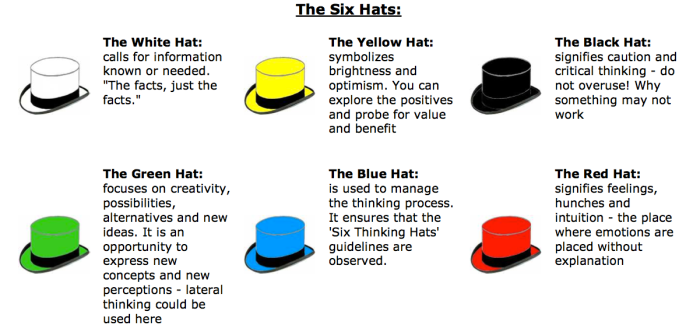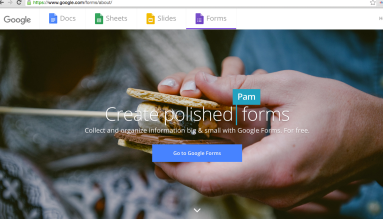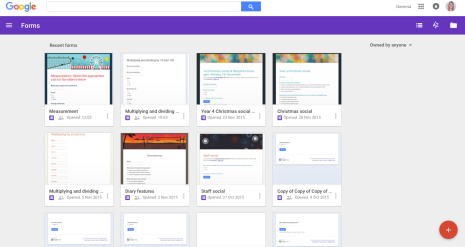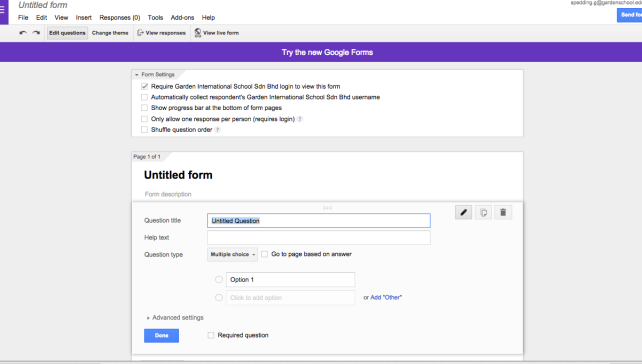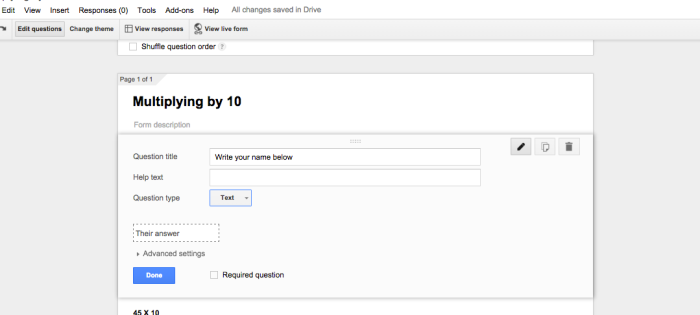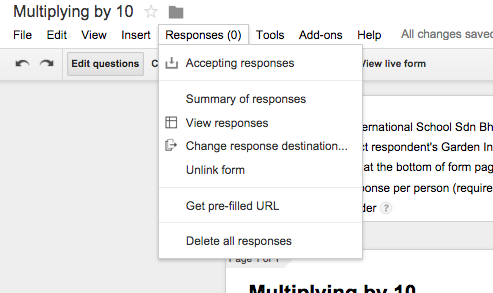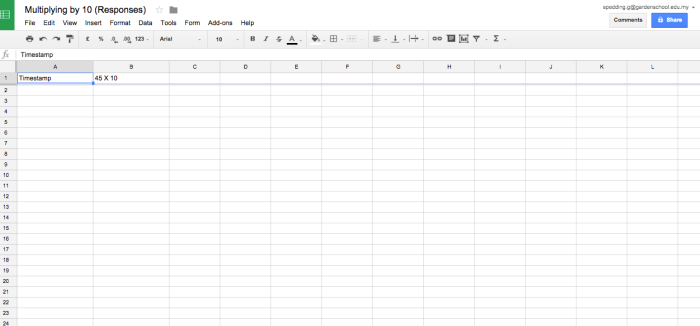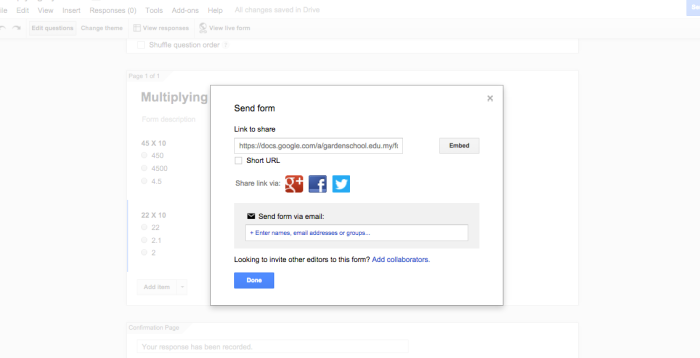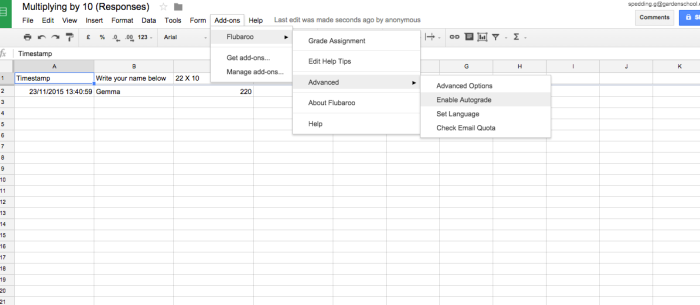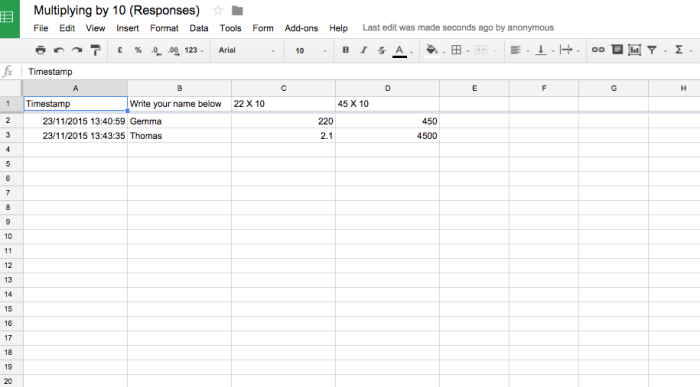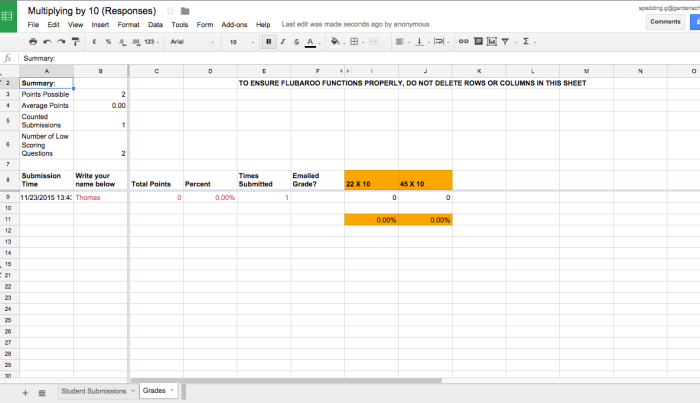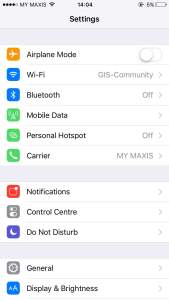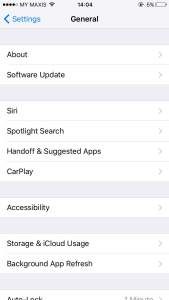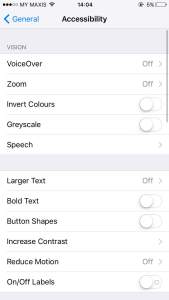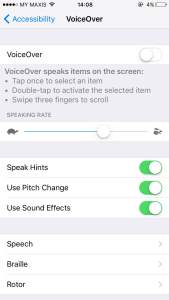Remarkably, we are almost ready to start another new school year. This will be my 5th start to an academic year. I still remember spending almost all of my summer as an NQT trying to prepare for what was ahead, but nothing can prepare you for that! However, this year, with my previous experience, I am feeling a bit more confident.
So, where to start?
Seating plans
Well, I always like to begin with the arrangement of my classroom. For the past few years I have always followed the Kagan method. What I like the most about this method is it allows learners to learn from one another. The only downside to this is at the beginning of the year you don’t really know the academic ability of the children before you have had chance to work with them. We all know that test papers don’t show the full capacity of a child, and are often misleading, but they can be used as a starting point.
I tend to opt for the HA, HM, M, L seating option. You do not always have these abilities but as long as a child can learn and observe from a higher child it can work extremely well for learning.
It looks something like this…
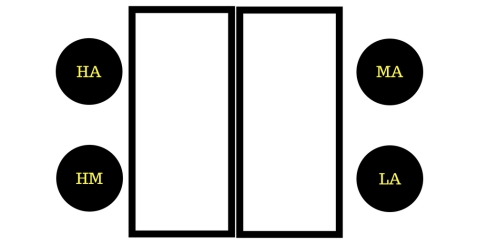
For further reading on the Kagan structures see the official website linked here.
Display boards
This year I want to do more practical research into displays and their impact on student learning. Usually I have English, Maths, Enquiry, Merit (reward system) and celebration of work displays. I always have a fear that the resources displayed may become ‘wallpaper’ and how actively are students engaging in those displays; as well as the whole class environment. I believe the clearer they are, the easier they are for students to read from, so I try to keep them decluttered. I enjoy displays with a question as I find those generally more intriguing. I also like to have an element of interactivity with the display, a question for the students to answer on post-it notes, or QR codes that link to more information. Something that turns the display from wallpaper into something more valued.
Preparing to building positive relationships
The first week should be around building positive relationships with your students. Create lessons that allow you to build on these relationships as this will be the most important start to your year together. I like to use ‘The 5 love languages’ quiz with some students to give an indictor as how I can connect more with them. I plan a lot of 1:1 reading time, shared writing activities and paired work into my first week. You want to create a positive classroom where all the students know that we are working together, we want everyone to achieve together and we support one another.
Organisation for parents
Having clear communication from the beginning is so important to creative positive relationships with parents. Ensure they know their child’s timetable and make things obvious by highlighting them. When is P.E? When is homework due? What things does their child need to remember on a daily basis? Because they want to support them with this as much as they can. Give them your school email and let them know when it is best to contact you. Show your willingness to meet with them by letting them know your availability. Having a strong parent-teacher relationship can have a huge impact on the child’s learning and emotions towards school life.
Organisation for yourself
Have a journal or create a Google Doc with your ‘to-do’ items or things you need to jot-down before you forget. I found using a Google Doc really useful as 1. I couldn’t lose that and 2. It made deleting off items much more satisfying.
Have a google sheet with all of your students names listed and duplicate the sheet many times. You can use this for a number of things across the year that you want to record next to each student.
Have a copy of the school calendar printed and saved to your device.
Make sure you roughly know what your first day looks like.
Finally…. eat well, sleep well and look forward to getting to know your new students.
